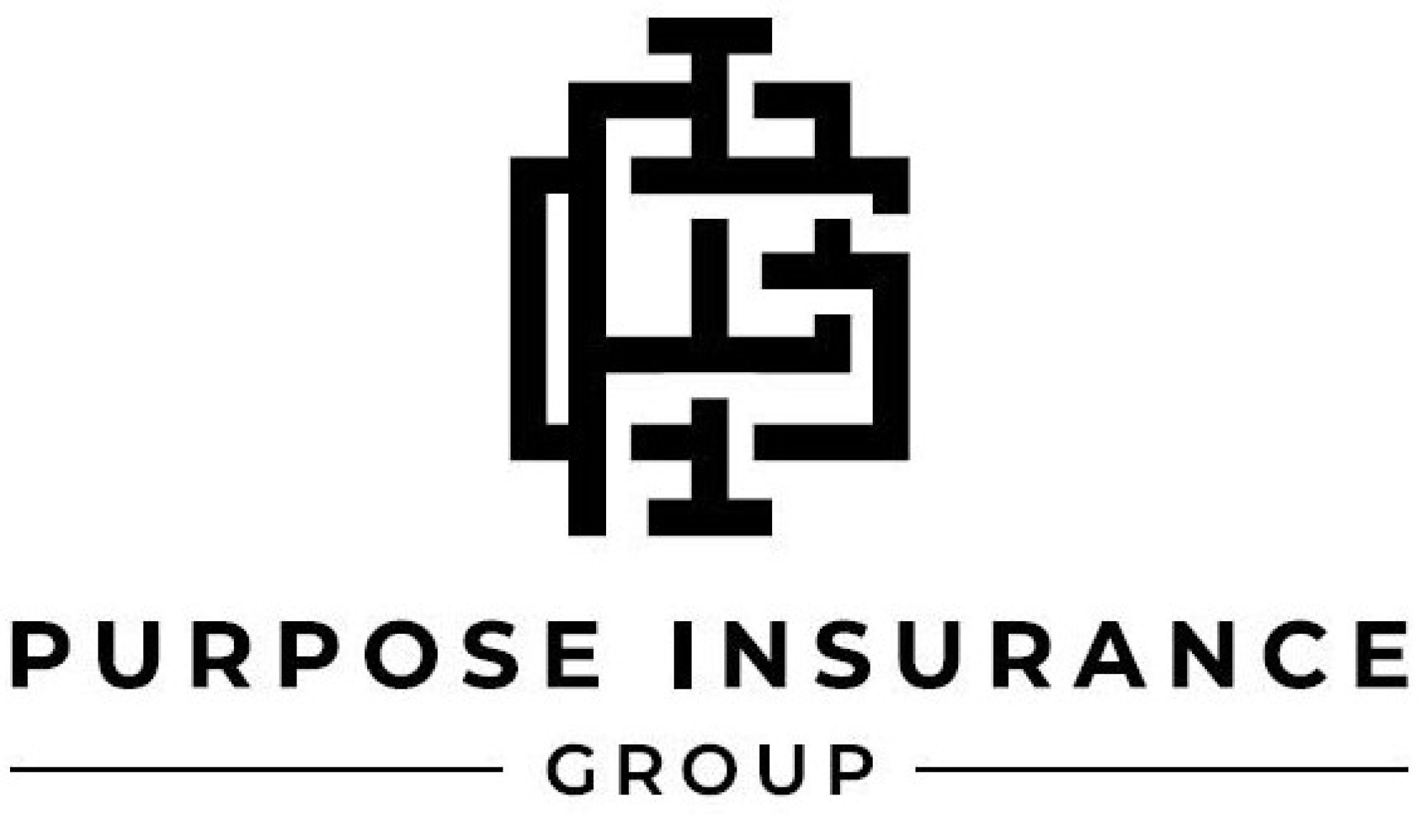Pacific Prime Things To Know Before You Buy
Pacific Prime Things To Know Before You Buy
Blog Article
How Pacific Prime can Save You Time, Stress, and Money.
Table of Contents6 Easy Facts About Pacific Prime ShownNot known Facts About Pacific PrimeAbout Pacific PrimePacific Prime Things To Know Before You BuyThe Greatest Guide To Pacific Prime

This is since the data were gathered for a period of solid financial efficiency. Of the estimated 42 million people who were uninsured, almost about 420,000 (about 1 percent) were under 65 years old, the age at which most Americans come to be eligible for Medicare; 32 million were adults between ages 18 and 65, around 19 percent of all adults in this age; and 10 million were youngsters under 18 years of age, regarding 13.9 percent of all youngsters (Mills, 2000).
These price quotes of the variety of individuals uninsured are produced from the yearly March Supplement to the Existing Populace Survey (CPS), performed by the Demographics Bureau. Unless otherwise kept in mind, nationwide estimates of people without medical insurance and proportions of the population with different type of insurance coverage are based upon the CPS, one of the most extensively used source of estimates of insurance coverage and uninsurance rates.
The Best Strategy To Use For Pacific Prime

Still, the CPS is especially useful due to the fact that it generates yearly quotes relatively quickly, reporting the previous year's insurance policy protection estimates each September, and due to the fact that it is the basis for a regular set of estimates for greater than two decades, enabling analysis of fads in protection in time. For these factors, along with the substantial use the CPS in various other research studies of insurance protection that are provided in this report, we rely upon CPS price quotes, with restrictions noted.

The price quote of the variety of uninsured individuals broadens when a population's insurance policy condition is tracked for a number of years. Over a three-year period starting early in 1993, 72 million people, 29 percent of the united state populace, lacked insurance coverage for at least additional info one month. Within a single year (1994 ), 53 million individuals experienced a minimum of a month without coverage (Bennefield, 1998a)
6 out of every ten without insurance adults are themselves employed. Although functioning does improve the chance that a person and one's family participants will have insurance policy, it is not an assurance. Even participants of families with 2 full-time breadwinner have practically a one-in-ten chance of being uninsured (9.1 percent without insurance rate) (Hoffman and Pohl, 2000).
See This Report about Pacific Prime
New immigrants make up a substantial proportion of people without health and wellness insurance. One analysis has actually connected a significant part of the current development in the dimension of the U.S. without insurance population to immigrants who arrived in the country between 1994 and 1998 (Camarota and Edwards, 2000). Current immigrants (those that concerned the USA within the previous 4 years) do have a high rate of being without insurance (46 percent), however they and their kids make up just 6 percent of those without insurance coverage across the country (Holahan et al., 2001).
The relationship between health and wellness insurance coverage and access to care is well established, as documented later in this phase. Although the partnership in between medical insurance and health outcomes is neither straight nor straightforward, a substantial scientific and health and wellness services research study literature links medical insurance coverage to improved accessibility to care, much better high quality, and enhanced personal and population wellness standing.
Levels of analysis for examining the impacts of uninsurance. It concentrates specifically on those without any kind of health insurance for any kind of length of time.
Getting The Pacific Prime To Work
The troubles encountered by the underinsured remain in some areas comparable to those encountered by the without insurance, although they are typically much less serious. international health insurance. Uninsurance and underinsurance, nevertheless, involve noticeably various policy issues, and the methods for addressing them may vary. Throughout this research and the 5 records to comply with, the primary emphasis gets on individuals without medical insurance and therefore no aid in spending for healthcare past what is available via charity and safety and security internet establishments
Medical insurance is a powerful aspect affecting invoice of care because both people and doctors respond to the out-of-pocket cost of services - https://fliphtml5.com/homepage/odsej/pacificpr1me/. Medical insurance, however, is neither necessary neither enough to get to medical solutions. However, the independent and straight effect of medical insurance protection on access to health solutions is well established.
Others will acquire the health treatment they need also without health insurance policy, by paying for it expense or seeking it from suppliers who supply care cost-free or at extremely subsidized prices. For still others, medical insurance alone does not guarantee invoice of care as a result of various other nonfinancial barriers, such as an absence of wellness care suppliers in their community, minimal accessibility to transport, illiteracy, or etymological and cultural distinctions.
The Only Guide for Pacific Prime
Official study concerning uninsured populations in the United States dates to the late 1920s and early 1930s when the Committee on the Expense of Medical Treatment generated a collection of records concerning funding physician office check outs and hospital stays. This concern came to be salient as the numbers of medically indigent climbed during the Great Depression.
Report this page